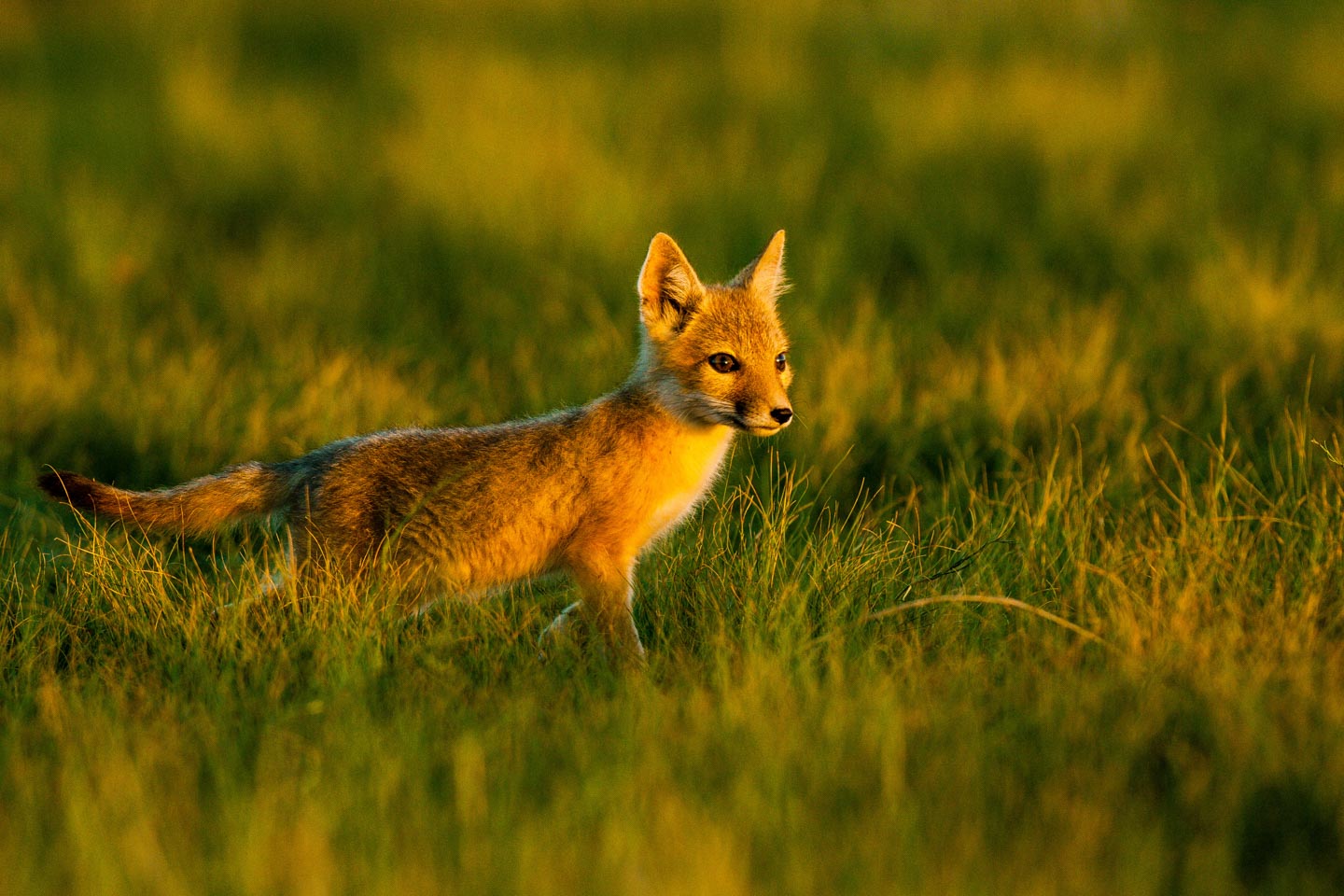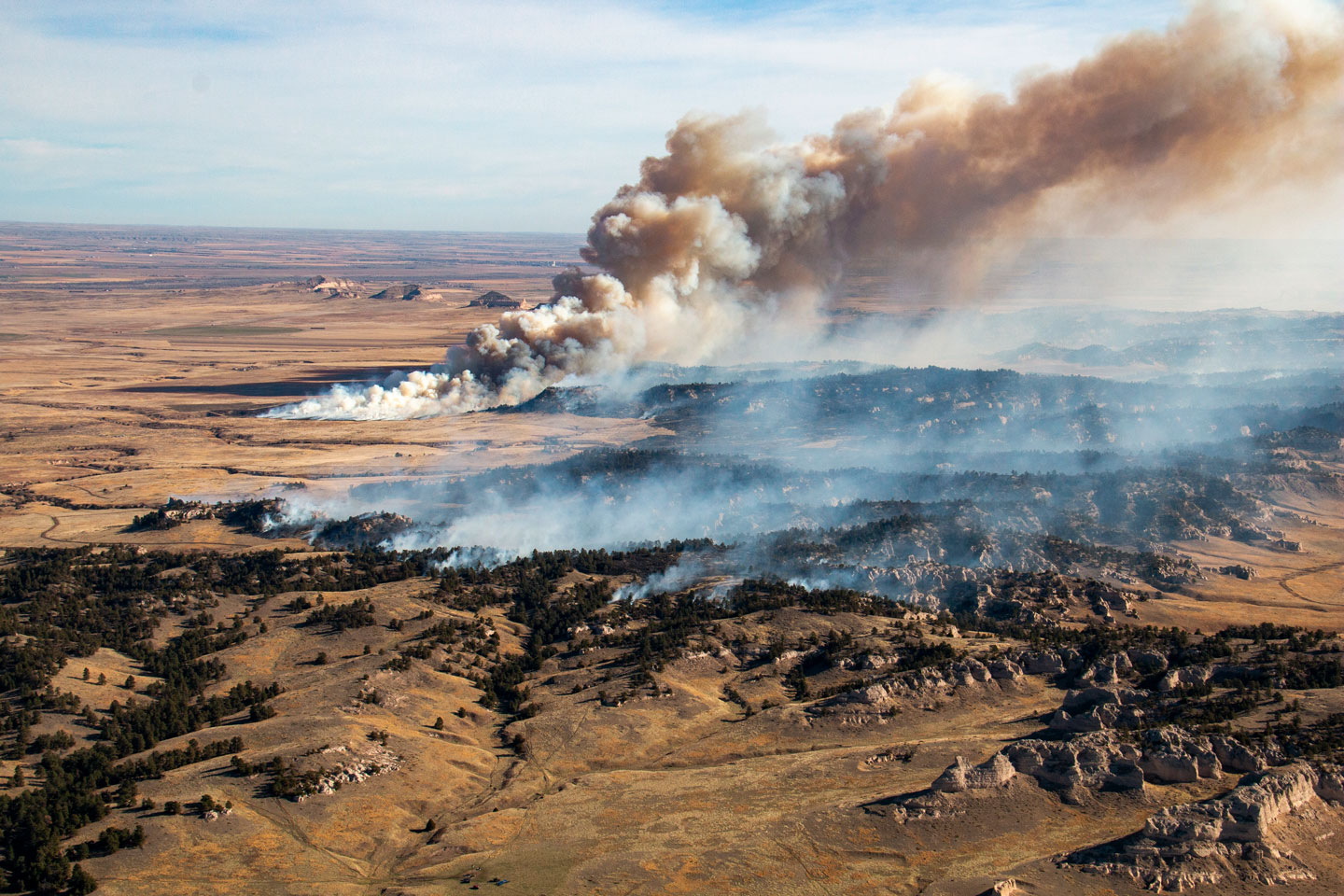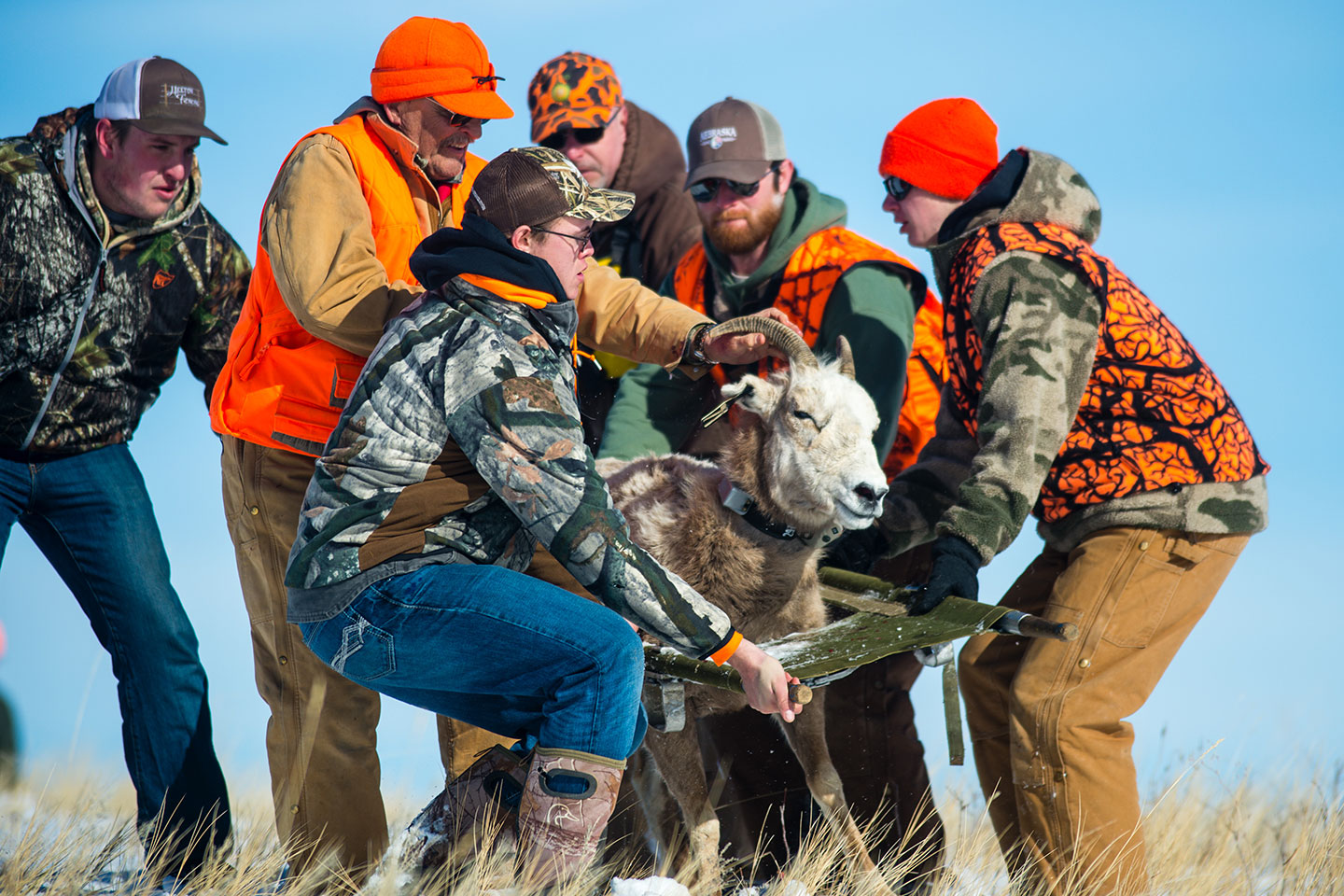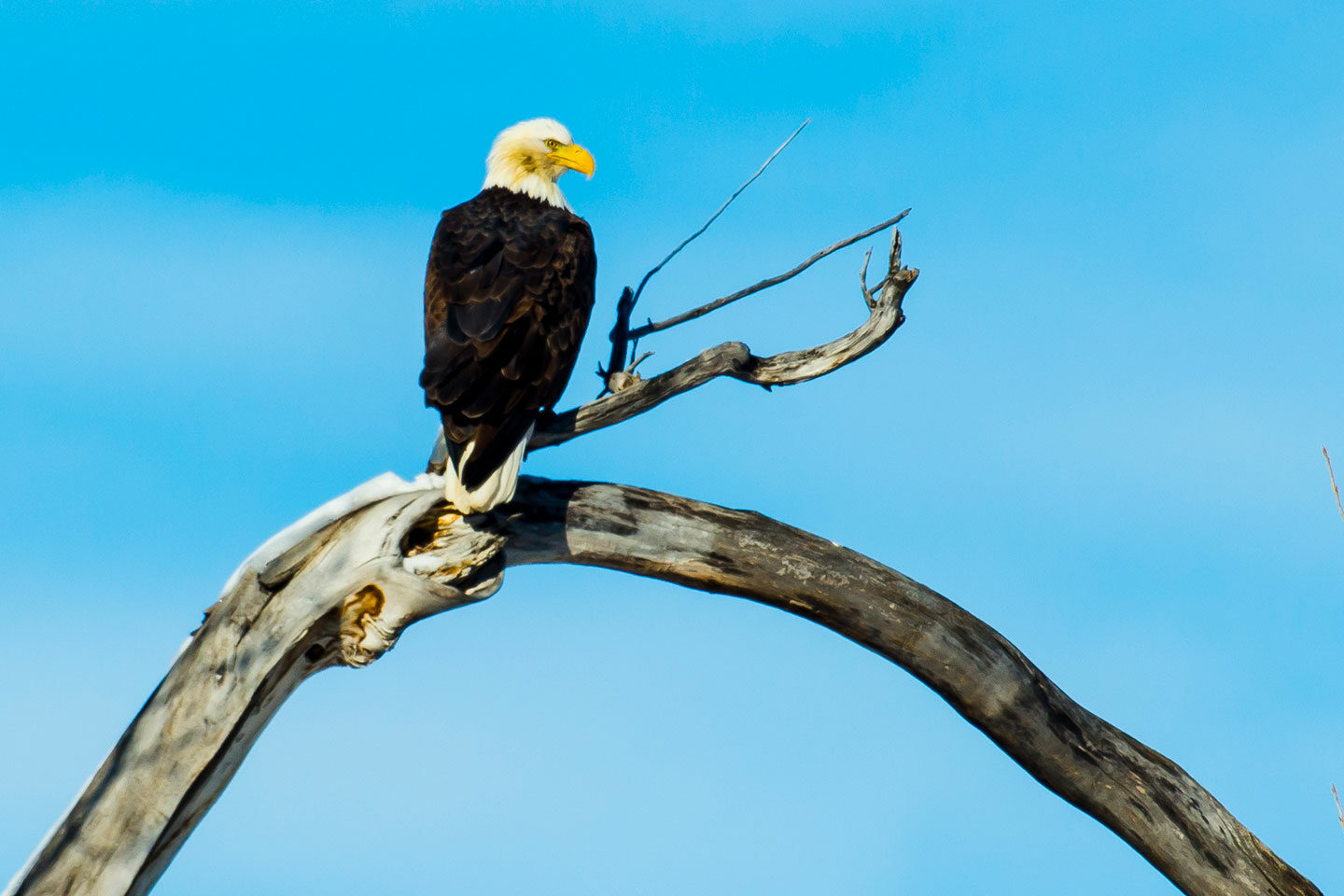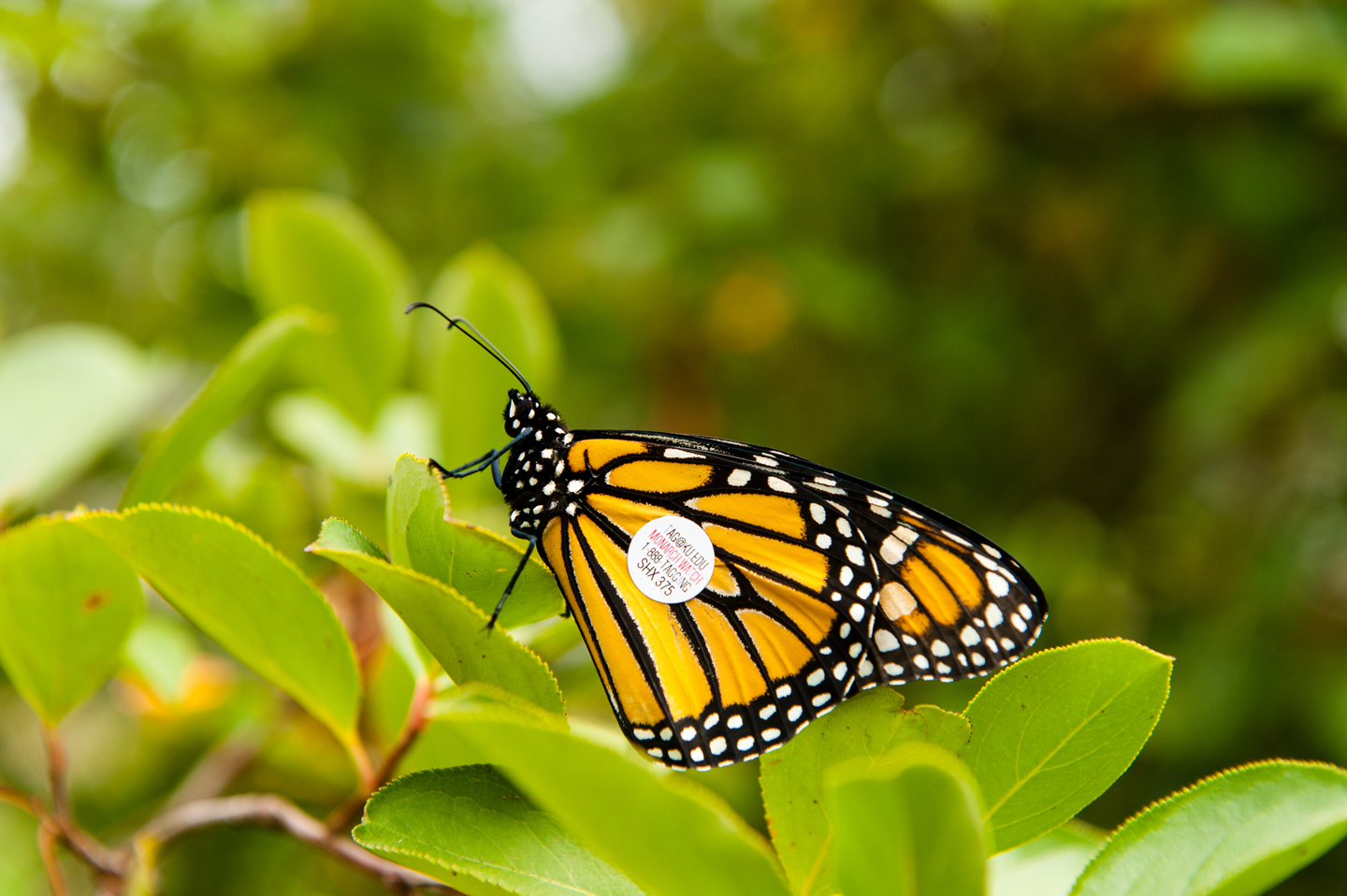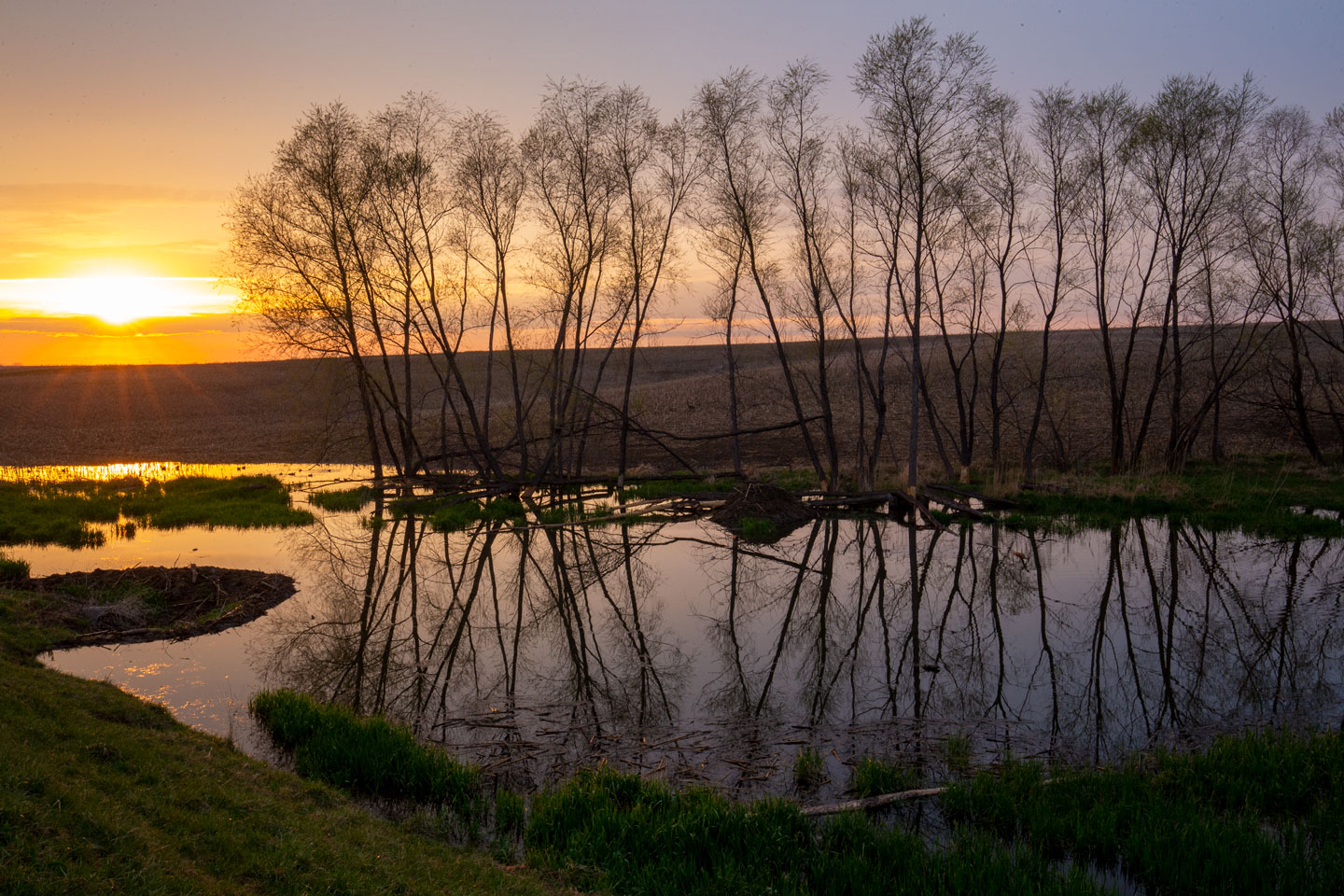Conservation Efforts
Maintaining the diversity and abundance of Nebraska’s plants, fish, wildlife and their habitats is achieved through a variety of conservation efforts.

Biodiversity
Nebraska is a large, deceptively diverse state. Nebraska is a mixing ground where mid-continental species merge. Eastern woodland species like wild columbine are found along our eastern border, while bighorn sheep scramble through the western escarpments, and meadowlarks sing throughout our grasslands. Shorebirds and waterfowl rely on our many wetlands during migration.
Nebraska can be divided into four ecoregions: tallgrass prairie, mixedgrass prairie, sandhills and shortgrass prairie. Embedded in these ecoregions are 83 natural plant communities including eastern sedge wet meadow and sandsage prairie. Nebraska has at least 60 amphibian and reptile species, 80 fish species, 400 bird species, 85 mammal species, 32 mollusk species, 1,470 plant species and tens of thousands of invertebrate species. The thousands of plants and animal species that make their home in Nebraska form our biodiversity.
Unfortunately, populations of many once common species have declined because of a variety of stresses, including habitat loss and degradation, diseases and invasive species. Nebraska’s biodiversity forms Nebraska’s natural heritage – a legacy that should be treasured just as we do our cultural heritage. As stewards for the next generation, it is our responsibility to ensure the treasures that were handed to us by nature and our predecessors are still here for future Nebraskans.
Our conservation efforts are made possible through partnerships, policies, and dedicated programs like the ones below.

Natural Legacy Project
The Nebraska Natural Legacy Project is part of a nationwide effort to address the needs of declining wildlife populations. More than two dozen species of plants and animals in Nebraska are listed as threatened or endangered. Overall, more than 700 species have been identified as at-risk in Nebraska. The mission is to refine and implement a blueprint for conserving Nebraska’s flora, fauna and natural habitats through the proactive, voluntary conservation actions of partners, communities and individuals.

Natural Heritage Program
The only comprehensive source of information on the status and location of Nebraska’s rarest and most threatened species and natural communities. We share information with a wide variety of partners and stakeholders to ensure that Nebraska’s native flora and fauna are conserved. Data and information from the Heritage Program was an integral part of the development of the Nebraska Natural Legacy Project.
Nongame and Endangered Species Conservation Act
Endangered and threatened species, a subset of at-risk species, are animals and plants whose continued existence in Nebraska is in jeopardy. By officially designating a species as endangered or threatened, plans can be put in place to restore the species or to prevent extirpation or extinction. Once a species is listed as endangered, a state law called the Nebraska Nongame and Endangered Species Conservation Act automatically prohibits its take, exportation and possession, and imposes severe penalties on violators.
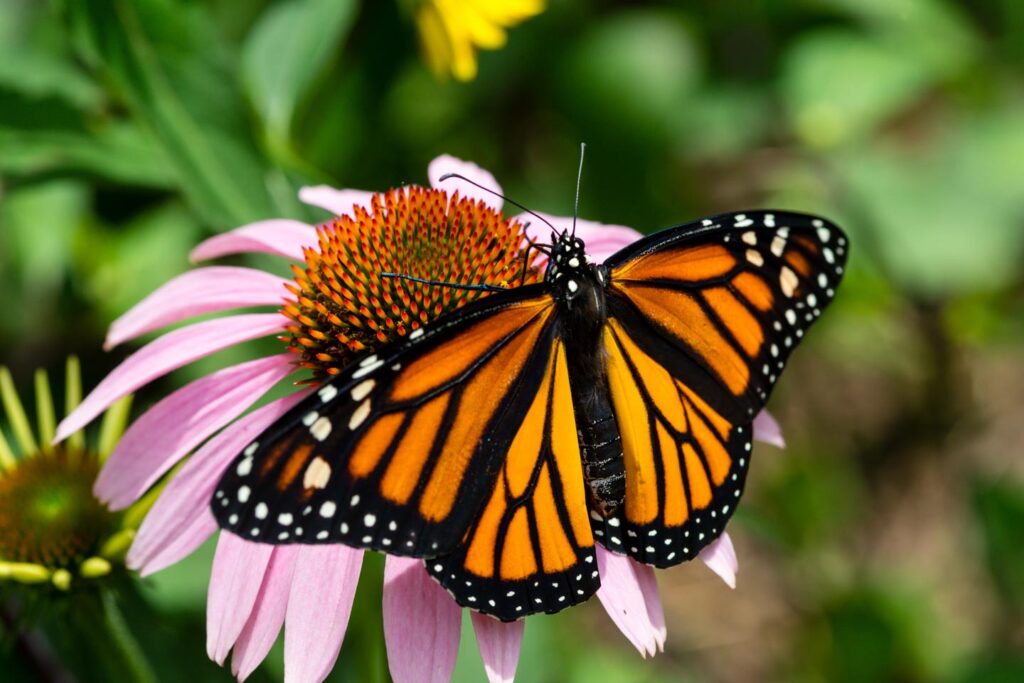
Nebraska Monarch and Pollinator Conservation Plan
In 2016, the Nebraska Monarch and Pollinator Conservation Plan was developed with input from fifty-five organizations and businesses. These groups included
conservation practitioners, government organizations, non-government organizations, agricultural groups, businesses, and educators. The goal of the plan is to conserve the species’ migration and breeding by growing population levels to a stable size, and avoid a need for threatened or endangered listing.
Recovering America’s Wildlife Act
The Recovering America’s Wildlife Act is designed to prevent future threatened and endangered species listings, conserve the full diversity of wildlife, and improve our natural resources. If passed, the act would invest in proactive, voluntary, incentive-based conservation to enhance our grasslands, combat invasive species, restore wetlands and improve our woodlands.
What is biodiversity conservation?
Nebraska’s biodiversity includes thousands of species. Conservation of Nebraska’s biodiversity strives to:
- Maintain the diversity and abundance of Nebraska’s fish, wildlife and their habitats.
- Preserve or increase populations of Nebraska’s endangered and threatened species of wildlife and plants.
- Broaden and promote appreciation and support and for Nebraska’s wildlife.
The Nebraska Game and Parks Commission strives to conserve Nebraska’s biodiversity through the following tactics:
- Habitat: Conservation actions build the resiliency of Nebraska’s ecosystems by enhancing habitats. Enhancing habitat typically benefits a multitude of species. For example, high-diversity prairie seeding helps the rare regal fritillary and more common game species such as greater prairie chicken.
- Species-specific work: Special consideration has to be given to the very rare species. Those species that face extinction are a high priority, so considerable effort is devoted to preventing future threatened and endangered species listings, and to recover species such that they can be removed from these two categories. The very rare species may exist in limited locations, so more targeted conservation is necessary to be effective.
- Reintroductions: Many native species have disappeared from Nebraska, and reintroduction will be necessary to restore them as viable components of the state’s fauna and flora. Reintroductions will be made only if habitat capable of supporting a self-sustaining population still exists, or if it is economically feasible to restore the needed habitat.
- Evaluation: In a constantly changing world, there is a continual need to collect and evaluate the status of our species and their habitats. Population information is used to make decisions regarding habitat improvements, shared with other state and federal agencies that have an impact on the environment, provides the foundation for environmental impact analyses and guides harvest decisions.
- Education: Conservation projects, successes and information learned are shared with Nebraskans so together we are equipped to deliver responsible conservation.
Related content
About Nebraska Game & Parks
We’re a family of passionate, innovative professionals who work together to connect people to the natural world and support conservation in Nebraska.
